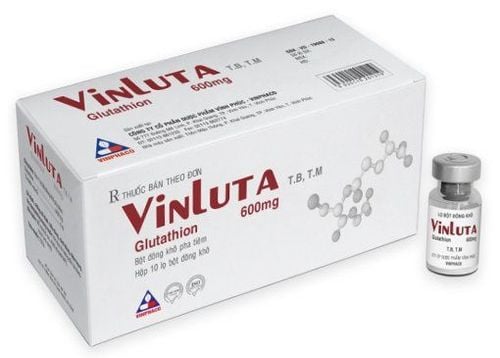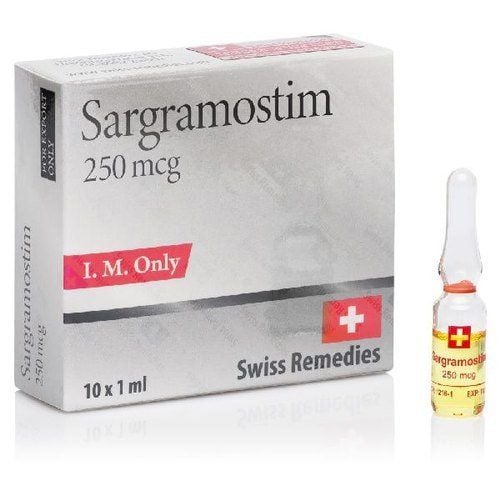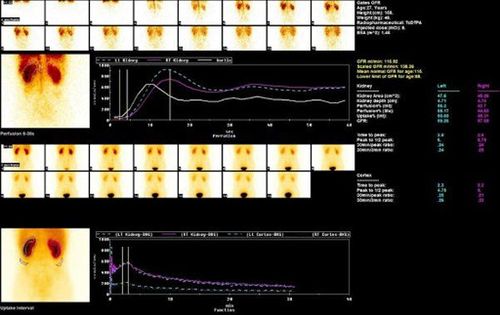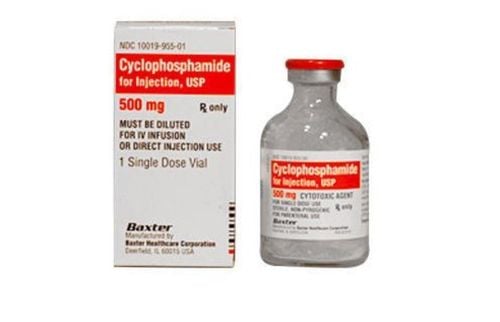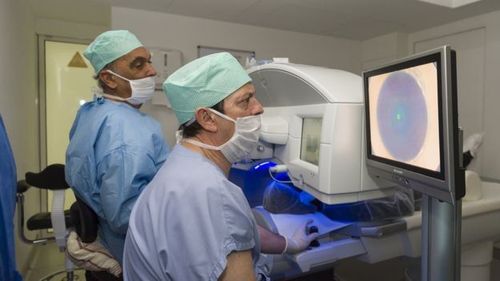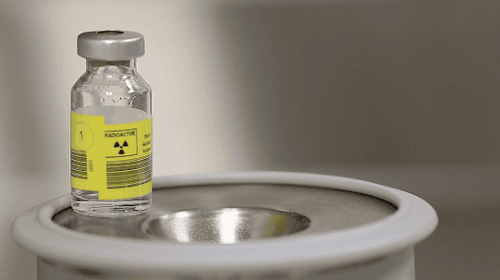This is an automatically translated article.
Currently, the application of nuclear medicine in the diagnosis and treatment of diseases, especially cancer, is becoming more and more popular. The outstanding advantage of this method is accuracy, safety and high treatment efficiency for patients.1. What is nuclear medicine?
Nuclear medicine is the medical specialty that uses radioisotopes, or radiopharmaceuticals, to diagnose, manage, treat, and research a number of diseases, such as hyperthyroidism, thyroid cancer, and tumors. lymphoma and bone pain.Nuclear medicine is also called “inside radiology” “physiological imaging modality” or “endo radiology” because of its ability to record radiation emitted from within the body. body rather than radiation produced by external sources.
The two most common imaging modalities in nuclear medicine, including:
Single photon emission tomography (SPECT) Positron emission tomography (PET)
2. What disease is nuclear medicine used to diagnose and treat?
With the great progress of medicine, now nuclear medicine has been applied a lot in the diagnosis and treatment of different diseases such as: Diagnosis in thyroid cancer or diagnosis and evaluation function of kidney, digestive, cardiovascular, neurological, musculoskeletal, endocrine even in pediatrics.Cases with differentiated thyroid cancer after surgery, with metastatic pain from bone cancer, and basedow's disease can also apply nuclear medicine to treat the disease. And most of all, this treatment has yielded very encouraging results with a high degree of safety.
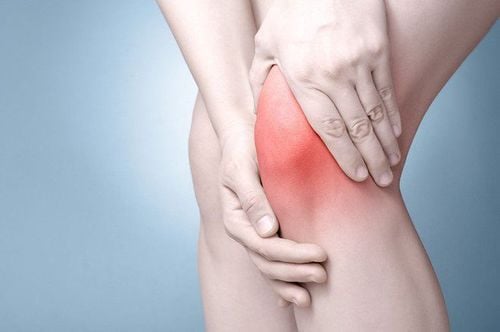
Những trường hợp bị đau di căn do ung thư xương cũng có thể ứng dụng y học hạt nhân để điều trị bệnh
3. Methods of diagnosis and treatment of diseases in nuclear medicine
3.1 Use of radioisotopes Depending on the type of medical condition, radioactive isotopes or radiopharmaceuticals are introduced into the human body by different routes, eg oral or injected. Radioisotopes can be natural or man-made, when introduced into the body, they will follow the circulation to each organ and cell of the patient in forms such as solid, liquid, gas, liquid, etc. ..Besides, the selection of an appropriate radioisotope or a radiopharmaceutical depends on the type of disease. From there, it helps to focus precisely on the damaged area of the body. Thanks to this method, doctors can diagnose early and accurately the pathology of a specific organ in the body, and at the same time treat the main focus on one location without affecting much to the organs. around.
Applying nuclear medicine to the diagnosis and treatment of diseases is a selective and targeted treatment method, so it often brings high results and is safe for patients.
The outstanding advantage of nuclear medicine is that the radiation rays have a very short running distance and penetrating ability, so malignant cells or disease-causing cells will be destroyed quickly. and selectively, without affecting neighboring areas. Thanks to this outstanding advantage, it is often applied in the treatment of cancer, typically small, multifocal metastatic cancer, scattered into the lung or bone... In addition, the radioactive parts are not All absorbed will be excreted from the body through urine and feces.
3.2 Use of externally irradiated radiation sources Besides the use of open source radioisotopes for the diagnosis and treatment of diseases, the use of externally irradiated radiation sources, such as accelerators, is also used. popular applications. Thanks to the application of linear accelerator radiotherapy in cancer treatment, patients can significantly improve their survival time.
For example, patients with esophageal cancer or malignancies in the mediastinum are more difficult to treat with radiation therapy, because many nearby organs can be affected by radiation. radiation during radiation therapy. Therefore, radiotherapy using a linear accelerator with dose modulation technique IMRT is an appropriate choice for cancer patients in general.
Doctors will use PET/CT images to help identify the exact area of malignant tumor, thereby giving an accurate radiation treatment plan. Because many cases, CT and MRI scans fail to detect tumors, but they can be clearly seen on PET images. Therefore, the application of this technique will bring higher treatment efficiency, accuracy and safety to the patient.
4. Who should not be treated with nuclear medicine

Những phụ nữ đang trong thời kỳ mang thai hoặc đang cho con bú không nên lựa chọn phương pháp điều trị bằng y học hạt nhân
In addition, patients who have been treated with iodine 131 for thyroid cancer should be pregnant after at least 12 months of treatment, so as not to affect the genetic changes as well as avoid other adverse effects. side effects for both mother and baby.
5. Does nuclear medicine treatment pose any danger?
If all nuclear medicine techniques are used correctly, there should be no danger to the health of the patient. Allergic reactions in radiation-related drugs are much lower than in conventional drugs. If you are still wondering about the risks of this treatment method, you should visit a nuclear medicine doctor for advice and learn more about the application of nuclear medicine in the treatment of diseases.Therefore, you should choose nuclear medicine treatment at large, reputable medical facilities not only in the hospital system in general, but also stand out, leading in the field of diagnosis, cancer treatment.
Please dial HOTLINE for more information or register for an appointment HERE. Download MyVinmec app to make appointments faster and to manage your bookings easily.
The article references the source: hopkinsmedicine.org, cdc.gov



